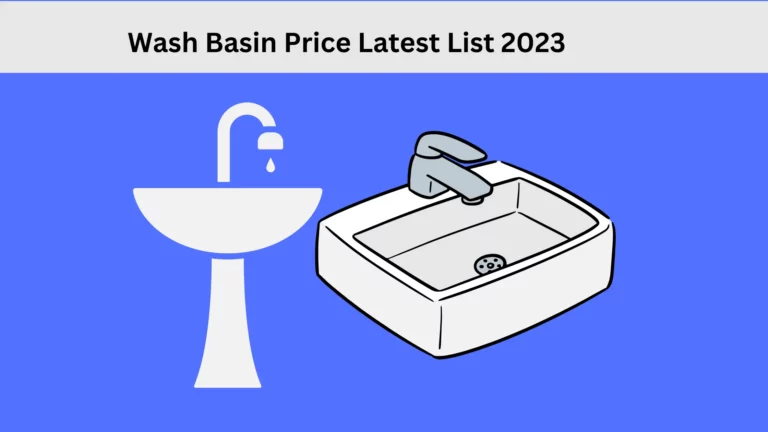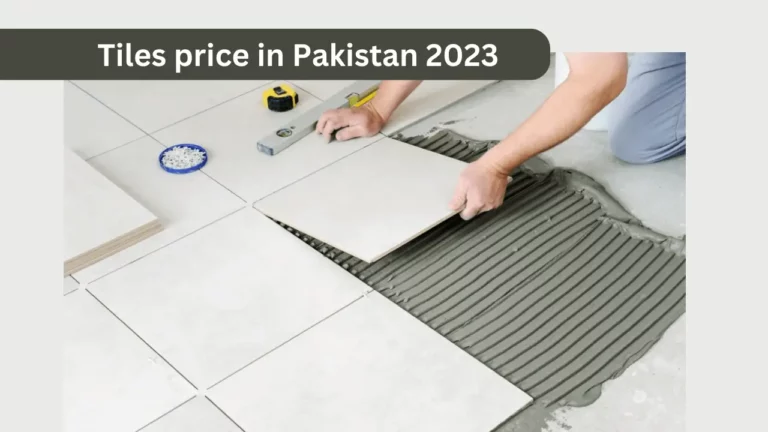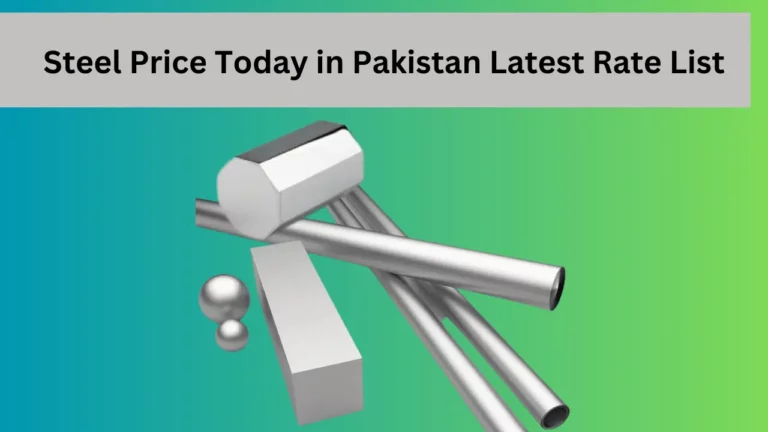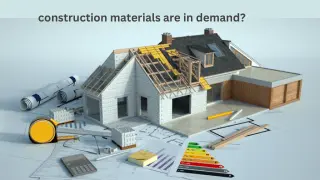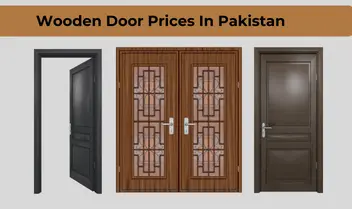What are the three types of roofing?
Roof is the backbone of your construction. It must be strong and compact to be maintenance free for many years. Obviously, the safety of everything in the house depends upon the quality of the roof. In this article we try to answer your question, ”What are the three types of roofing?”.
What are the three types of roofing?
Everything in the construction field is changing with the passage of time. If we talk about the roof of the houses, these are also getting innovation. Designs, types, and materials used in roofs all are changing according to the needs of building owners.
Also Check: Metal Roofing Cost & Designs
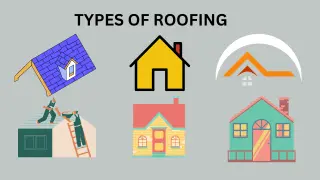
What are the Three types of roofing on the basis of shapes of surface
Flat shape
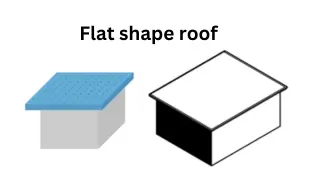
Flat shape roofs are most likely horizontal in level and have no slopes. The pitch of this type is very low. Flat roof is ideal in tropical areas. In snow bearing areas flat roofs are not best. Usually, RCC concrete or girders and TRs are used in tropical regions.
This is a modern design used in commercial buildings. It gives a beautiful design and sleek look to your building. It also offers a comfortable sitting space on the roofs.
Advantages and disadvantages of Flat Roofs
There are many benefits of Flat Roofs.
Simplicity
Flat roofs are very simple and commonly installed in all parts of the world. Installation process of flat roofs is not complex.
Solar Panels Space
Flat roof provides space for the installation of solar panels that is essential for eco-friendly power and energy of the house. You need one time investment to install solar panels for your electricity requirements.
Space for Rooftop Gardens
In some areas of the world most people create gardens on their roofs. Flat shape roof is the single type that provides sufficient space for planting.
Cost Effective
Flat roofs are mostly cost effective that minimize your budget. Other contemporary designs are costly. This is why the majority of constructors select flat roofs.
Disadvantages of Flat roofs
Every type of roof, no matter how many advantages it possesses, has some disadvantages.
Prone to water pooling
Water pooling in excessive rainy areas is very common, if not maintained properly. If there is a small hole anywhere, water keeps dripping inside the house. In excessive rainy areas, it is better to avoid installing flat roofs.
Shorter Lifespan
Flat roofs have a shorter lifespan compared to other sloping designs. It also requires frequent maintenance.
Hip shape Roof
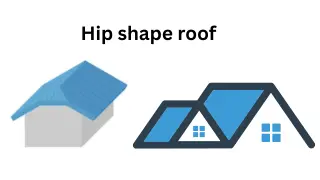
This type of roof is ideal to bear the hurricanes. It has multiple sloping sides. It is highly resistant against the ice and wind. Some special materials, sheets of wood and metals are used in its manufacturing.
Advantages & Disadvantages of Hip Roofs
Here are the benefits of Hip roofings.
Highly Stable in wind
Hip roofs are specially designed for those areas where strong winds blow every day. Its four slope sides provide a high protection even in the worst winds. It offers all around protection to your house.
Ideal for Snowy Areas
Hip roofs are also ideal for those people who live in those areas where snowfall is common in winter. Whenever the temperature warms up, the roof snow automatically starts to fall down.
Disadvantages
Just because something has benefits doesn’t mean it doesn’t have any drawbacks. Hip roof’s disadvantages includes:
Complex installation procedure
Unlike flat roofs, the installation process of hip roofs is complex. You may need a roofing expert for this purpose.
Required Materials
Hip roofs need some extra materials compared to its contemporary roof designs. This is why the mechanism of hip roof installation requires a professional expert. It increases the cost of your roofing procedure.
Gable shape Roof
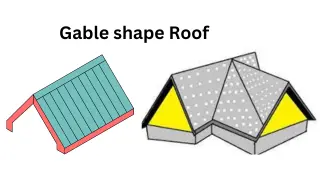
Such roofs are very common in western countries. It has two sloping sides that meet with each other on the top of the roof. The material used in this type varies due to many factors.
Advantages and Disadvantages of Gable Roofs
Here are some significant properties of Gable Roofs.
Simple Design
Gable roofs are simple in design. Most people of the world install this type of roof due to its best features.
Effective Water Runoff
Standing water on the roof can cause a lot of damages. But when you install a gable roofing, then don’t worry. It offers effective water runoff on both sides.
Good Ventilation
It offers proper ventilation inside the house. All living things need air. But air is very precious for humans.
Sufficient Living Space
Gable roofing system provides extra space inside the house. It is also best for solar installation on the roof of the house. Its interior dome shape provides a lot of space.
Drawbacks
Here are some disadvantages of gable roofing styles.
Risk of Wind Damage
It is necessary to brace it perfectly. Any loose installation may cause damages due to wind hurricanes.
Conclusion
Apart from these three types there are also many other types. The selection requires many factors like tradition, environment, budget and application process. Some other types are shed roofs, gambrel, and mansard roofs. I hope you have obtained all the answers relating to your question “What are the three types of roofing?”.

